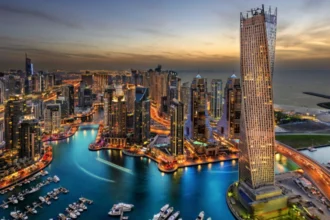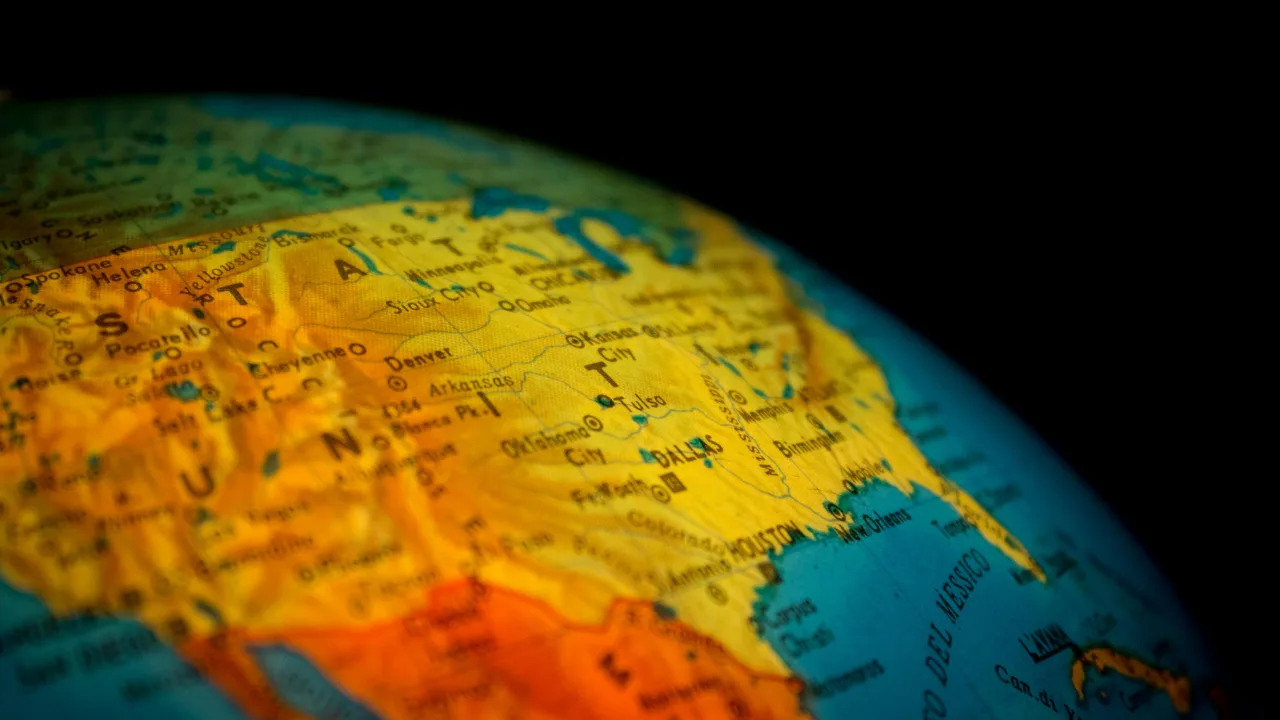September 14, 2025 | Dubai, UAE: The UAE internet slowdown is currently affecting users across the Emirates due to damage sustained by submarine cables located in the Red Sea. According to experts, the process of implementing complete repairs may extend over several weeks or potentially months, adversely impacting both individual residents and commercial enterprises throughout the Emirates. In response to these disruptions, telecommunications providers are engaged in rerouting data traffic to mitigate the effects on users; however, it is advisable for users to anticipate continued service interruptions until the submarine cables are fully repaired.
Causes and Challenges of the Outage
On September 6, 2025, multiple fibre-optic cables running beneath the Red Sea were damaged. These undersea cables are among the most important global data routes, carrying internet traffic between Asia, the Middle East, and Europe. Any disruption in this corridor has immediate consequences for millions of users and now resulted in UAE internet slowdown.

Telecom providers Du and e& (formerly Etisalat) confirmed that the UAE internet slowdown is directly linked to these cable issues. Both providers said they are redirecting traffic through alternative global networks, but rerouting causes higher latency and slower speeds.
Customers across Dubai, Abu Dhabi, and Sharjah reported difficulties with video calls, buffering during streaming, and longer loading times for websites. Internet monitoring platforms recorded thousands of complaints in just a few hours after the incident. Businesses have also raised concerns, particularly those that rely on cloud services, data centers, or remote work, all of which has been disrupted by the UAE internet slowdown.
Repairing submarine cables is a complex and resource-heavy task. Experts explained that technicians must first locate the damaged point, then raise the cable from the seabed using specialized ships before carrying out repairs. Each step can face delays due to rough seas, maritime regulations, or equipment availability.
Read More: UAE Tops Smart City Index With Fastest Mobile Internet & AI Edge
Yasser Saied, a consulting engineer at Palo Alto, described the process as “a high-technology operation” that only a few global companies can handle. Dr. Sarath Raj, project director at a satellite ground station in Dubai, said the timeline for repairs could range from two to six weeks, though full recovery may take longer depending on the scale of the damage contributing to the UAE internet slowdown.

Impact on UAE Users and Broader Significance
The slowdown has disrupted both personal and professional internet use across the country.
- Video calls and conferences often freeze or drop, affecting remote workers and businesses.
- Streaming platforms like Netflix and YouTube face frequent buffering.
- Gamers are reporting higher ping and unstable connections.
- Mobile data services are running slower than usual in some areas.
Telecom providers have urged patience while assuring users that mitigation measures are in place. Network engineers are actively balancing traffic loads to minimize the impact, but they acknowledged that the current experience will remain below normal levels until repairs are complete. For now, the UAE internet slowdown remains a pressing concern for households and businesses alike.
The outage highlights the dependence of the Middle East on a limited number of international cable routes. The Red Sea alone carries nearly 20 percent of global internet traffic. A single incident in this zone can trigger disruptions across multiple regions, from the Gulf to Africa and South Asia.
While satellite internet and land-based alternatives exist, they do not yet match the scale or speed of submarine cables. Experts argue that greater investment is needed to build additional routes and backups. Doing so would reduce dependence on narrow maritime corridors and make regional internet infrastructure more resilient.

For the UAE, a nation that has rapidly expanded its digital economy, the stakes are particularly high. Online education, fintech services, tourism platforms, and e-commerce all depend on stable connectivity. Prolonged slowdowns could affect productivity and customer confidence if left unaddressed.
Looking Ahead
The anticipated slowdown of internet services in the United Arab Emirates is expected to persist until the damaged underwater cables in the Red Sea are completely repaired. Although rerouting measures have been implemented to mitigate some of the disruptions, users should be prepared for slower internet speeds and intermittent connectivity issues in the forthcoming weeks as part of the UAE internet slowdown.
This situation emphasizes the pressing necessity for the establishment of long-term resilience. By investing in alternative cable routes, enhancing redundancy measures, and facilitating the integration of satellite systems, the United Arab Emirates and its regional counterparts can effectively protect against future disruptions of a similar nature, reducing risks of another UAE internet slowdown.
Currently, repair ships and specialized technical teams are preparing to undertake the complex task of repairing the cables beneath the Red Sea. Until the completion of these operations, residents and businesses in the region will need to accommodate reduced internet connectivity as they await the full restoration of standard internet performance.
Also Read: Man Banned from Internet in Rare Ruling Under UAE Cyber Crime Law
















